PropOps for
Corporate Real Estate Managers
PropOps digitizes Corporate Real Estate Management (CREM) by systematically collecting and precisely visualizing operational data.
PropOps for CREM
Unlocking Your Data Treasure Together
PropOps provides Corporate Real Estate Managers with full transparency regarding the operational quality of their properties—across assets, standardized, and data-driven.
PropOps Connect
Integration with Service Provider Systems
Data aggregation and homogenization directly from service provider systems.
-
Relieves employees
-
Optimizes existing processes
-
Utilizes digitalization potential and captures company knowledge
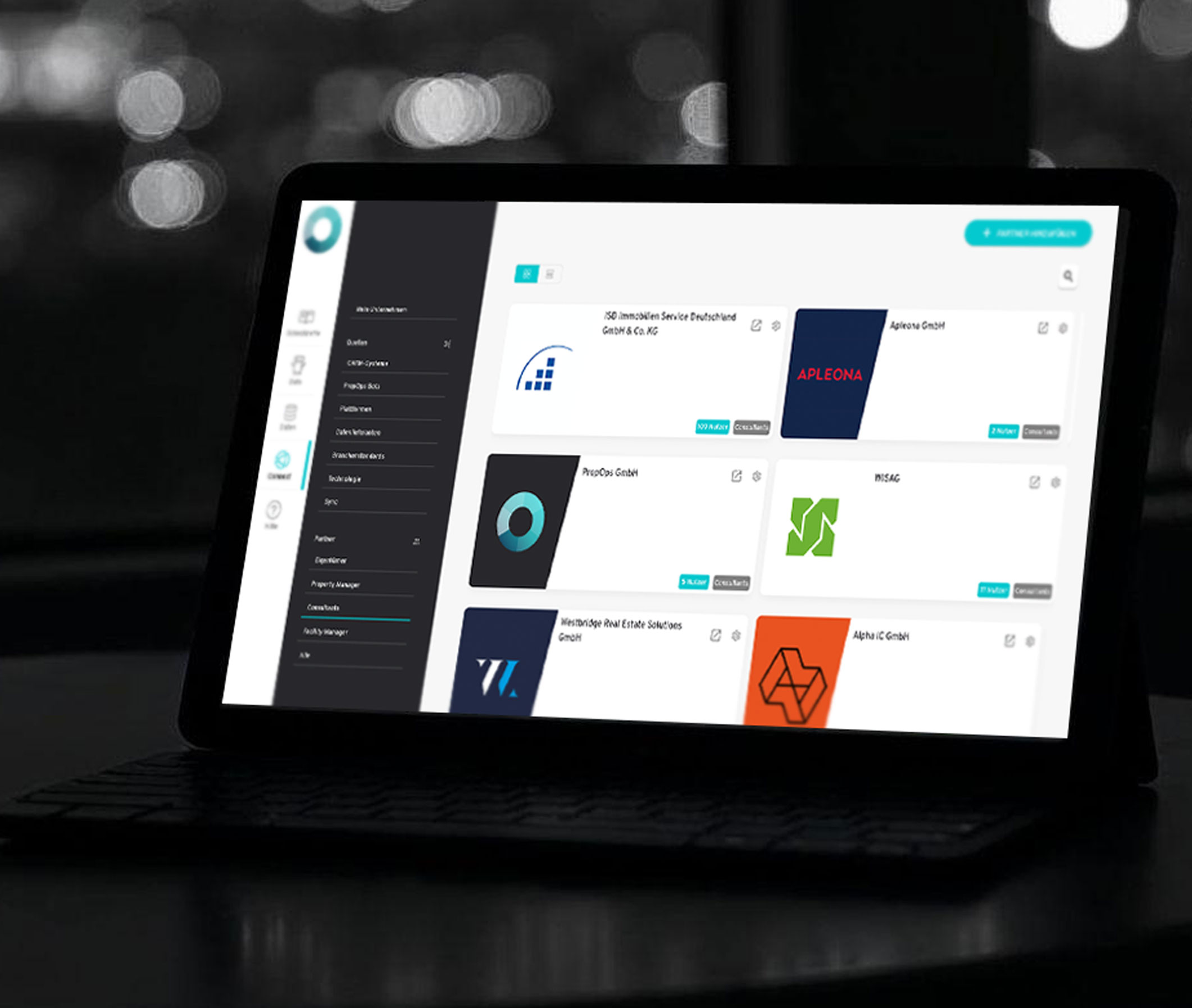

PropOps Comply
Your Property with a Full Maintenance History
With PropOps Comply, you configure PropOps to precisely match the requirements of your asset management.
-
Monitored compliance
-
Automated operational documentation
-
Systematic tracking of deficiencies
-
Active service management
-
Centralized data repositories
PropOps Create
Custom Apps
How do I progress with digitalization once the foundation is laid? The real fun begins now: relieving employees, optimizing existing processes, utilizing digitalization potential, and capturing company knowledge.
PropOps Create assists you by developing customized or even individual apps that build upon the data hub of PropOps Connect and the maintenance records and bots of PropOps Comply.
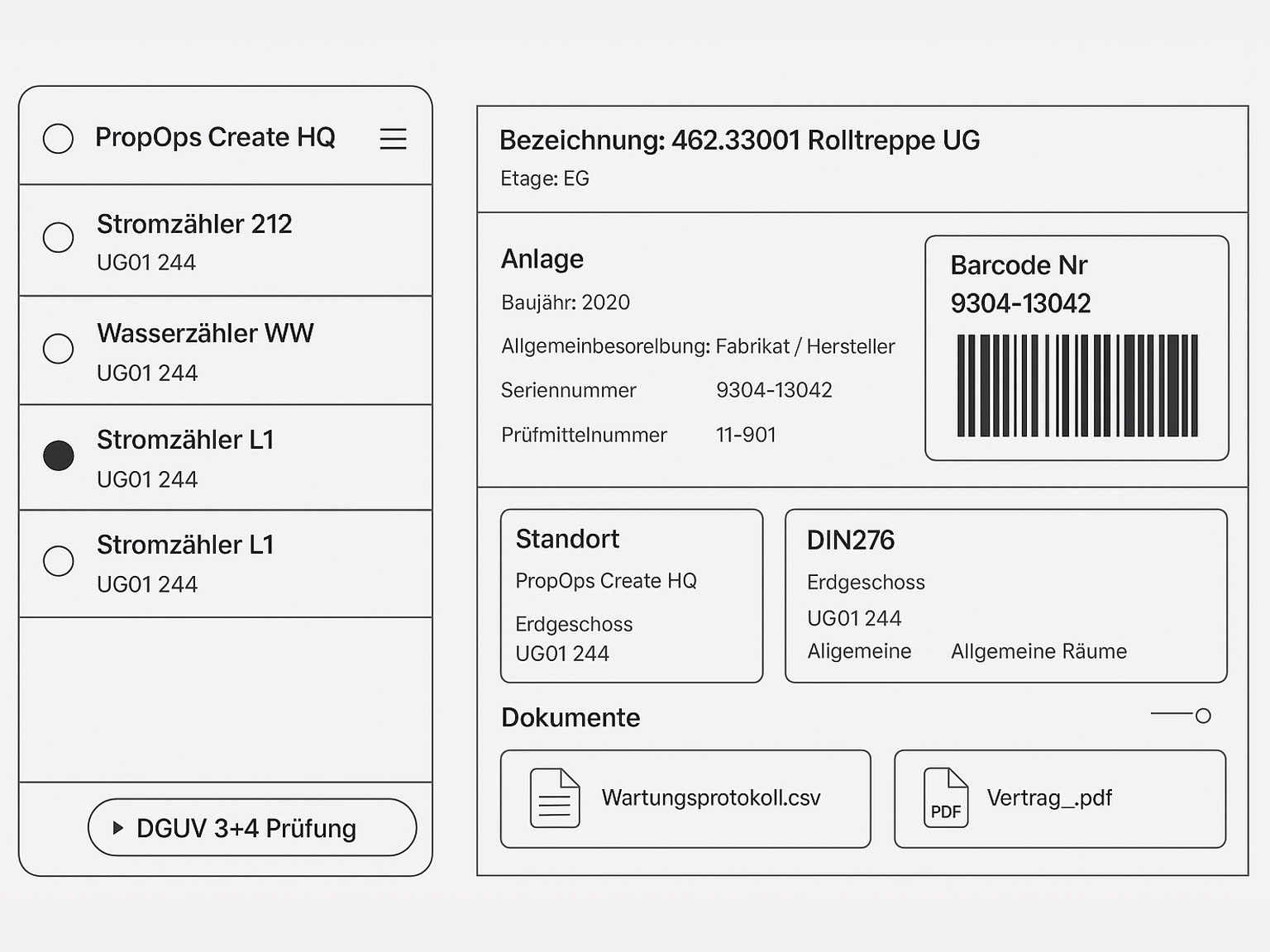
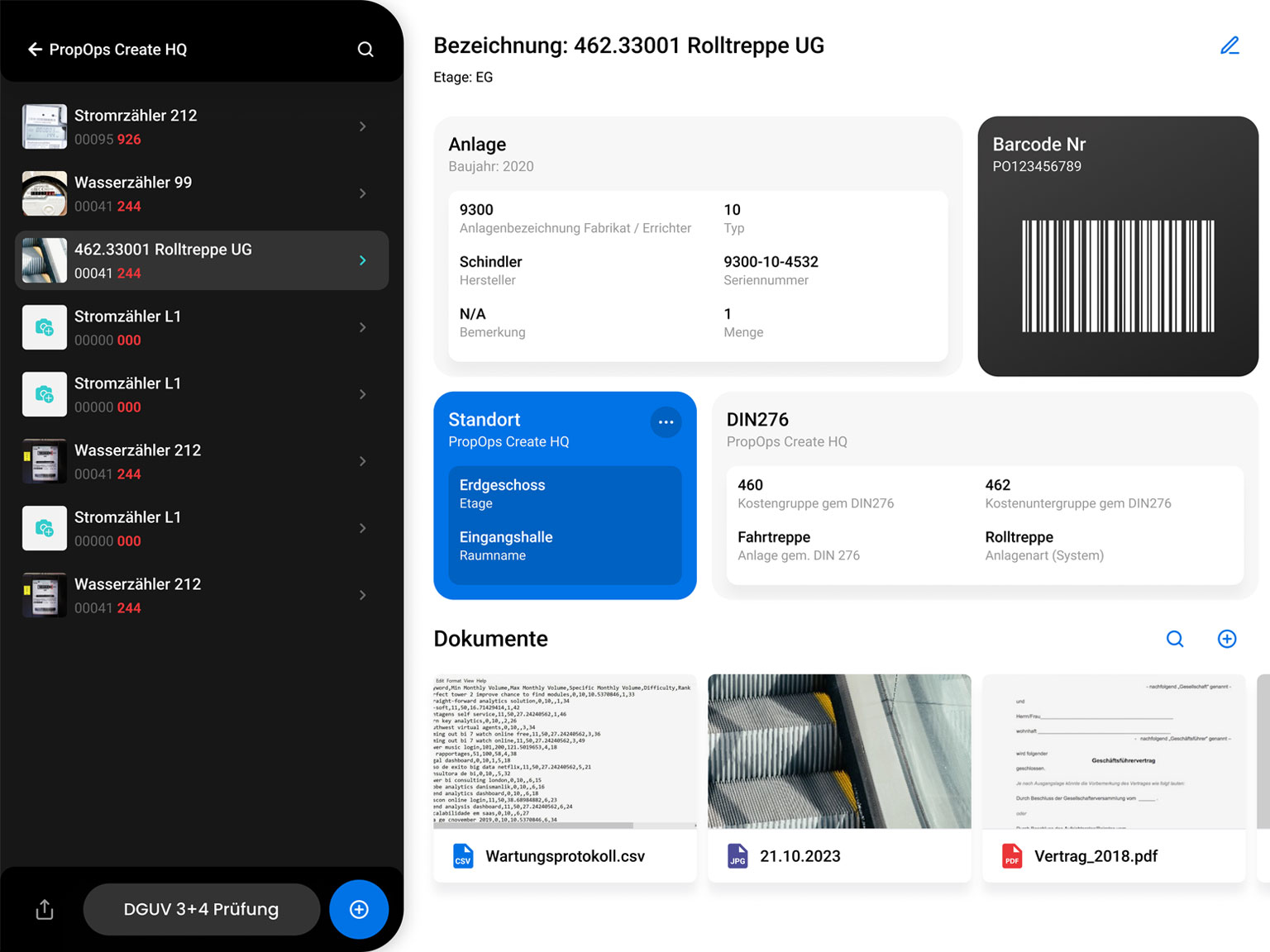
Benefits of Using PropOps
PropOps is a data hub tailored for asset management—simple, transparent, and efficient.
Transfer of Data Ownership
Shifts data ownership of property operations to the owner
Up-to-Date Data and Documentation
Portfolio-wide, transparent, and current data and documentation base
Maintenance and Inspection Protocols
Aggregation and archiving of maintenance and inspection protocols from service and inspection companies
Automated Tracking
Automated and personnel-independent tracking of maintenance, servicing, and other activities with immediate feedback
Service Provider Benchmarking
Transparent and traceable benchmarking of service providers
Software Routines and Dashboards
Software routines and dashboards that can be tailored to the investor (e.g., tracking deficiencies from inspection reports)
No Manual Entries
No manual entries, reducing the likelihood of errors
Data Processing
Easy and reliable further processing of data for ESG evaluations and strategies, cost optimization, and budget planning
Implementing PropOps in Your Organization
The rollout of software is often the most sensitive moment in the entire project. Thanks to our many years of experience, we reliably accompany you through this process and tailor the introduction to the requirements of your organization. Typically, we distinguish three implementation scenarios that have proven successful in practice for the successful implementation of PropOps.
Implementation Scenario 1
Functional Strategy
"One step at a time" is certainly not the wrong approach. In this scenario, PropOps connects the service providers to PropOps Connect and issues the corresponding checkbooks in PropOps Comply. The first focus is on documenting inspections and maintenance, the second on the comparison between planned and completed tasks and their respective inspection and maintenance schedules, and finally, on deficiency tracking.
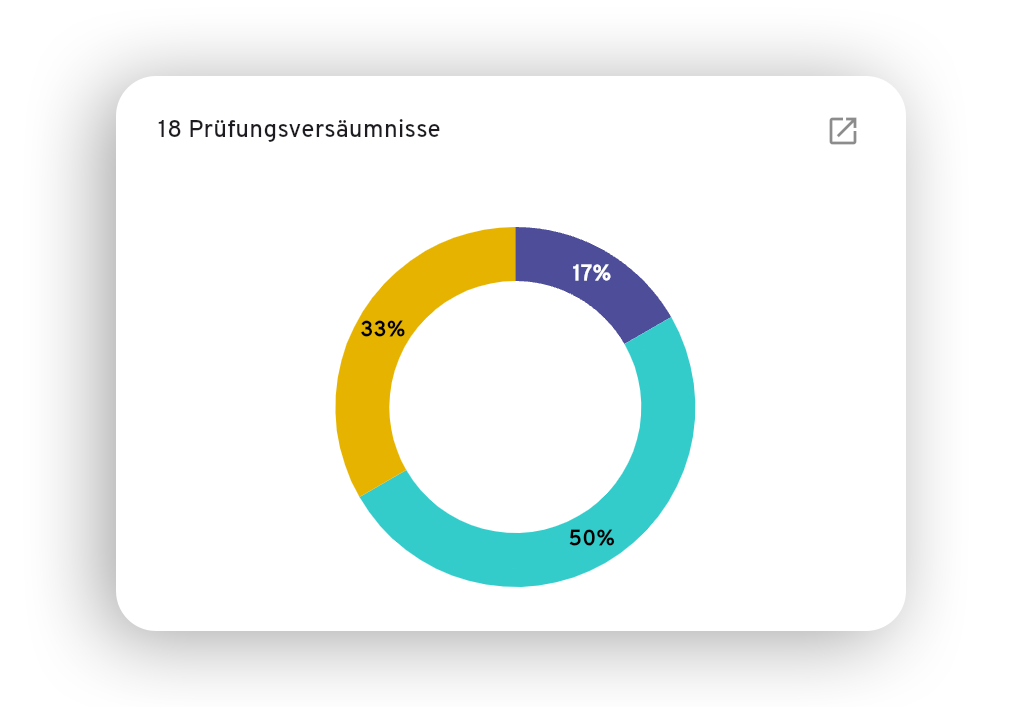
It is already a significant step to have an overview of all maintenance and inspections across the portfolio. And this already in the planning phase. The corresponding bot in PropOps Comply monitors adherence to schedules and the agreed documentation.

Only with the comparison of actual and planned maintenance and inspections, based on identified duties, does a comprehensive picture of the compliance of your building operations emerge. Gone are the days of outdated Excel lists with color-coded cells. The inspection bot automatically links tasks with duties and highlights weaknesses.
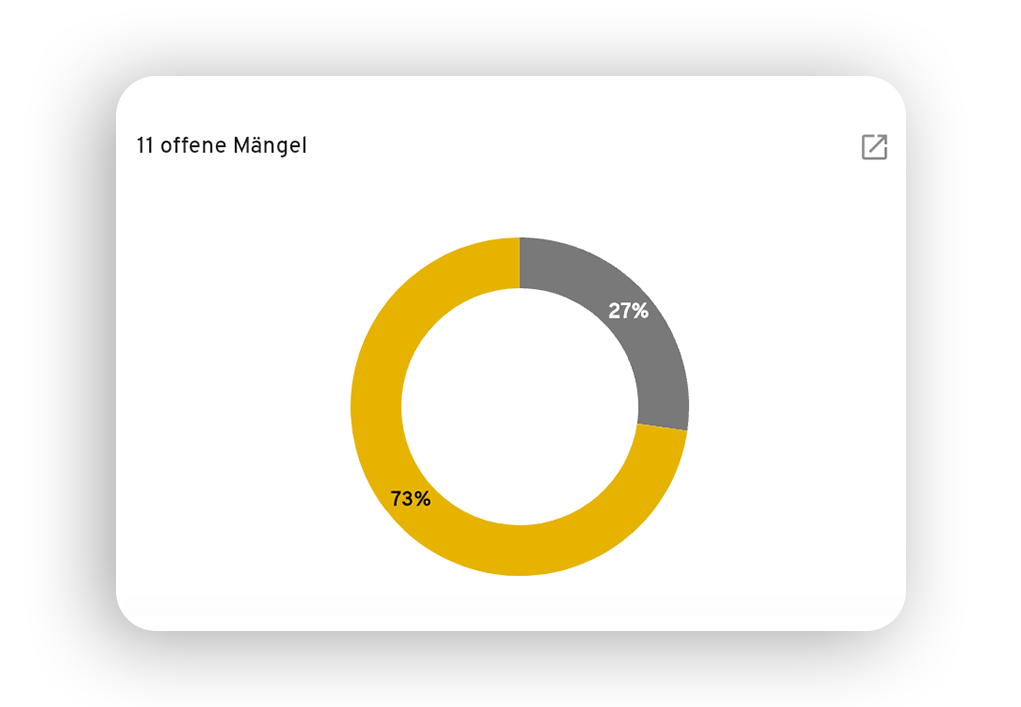
Duties do not end with completed maintenance and inspections. Deficiencies must be identified and rectified within a specified timeframe, with proper documentation. With PropOps' own deficiency tracking bot, this becomes transparent and manageable.
Implementation Scenario 2
Organic Strategy
If there is no time for a functional rollout of PropOps Comply because the need is more urgent, the introduction can be done based on the priority of objects and sub-portfolios. In this approach, the checkbooks are gradually unlocked in PropOps Comply to address the most critical pain points, for example, before or after an audit or during a due diligence phase. Afterward, issues in specific clusters are addressed, and finally, the entire portfolio is covered.
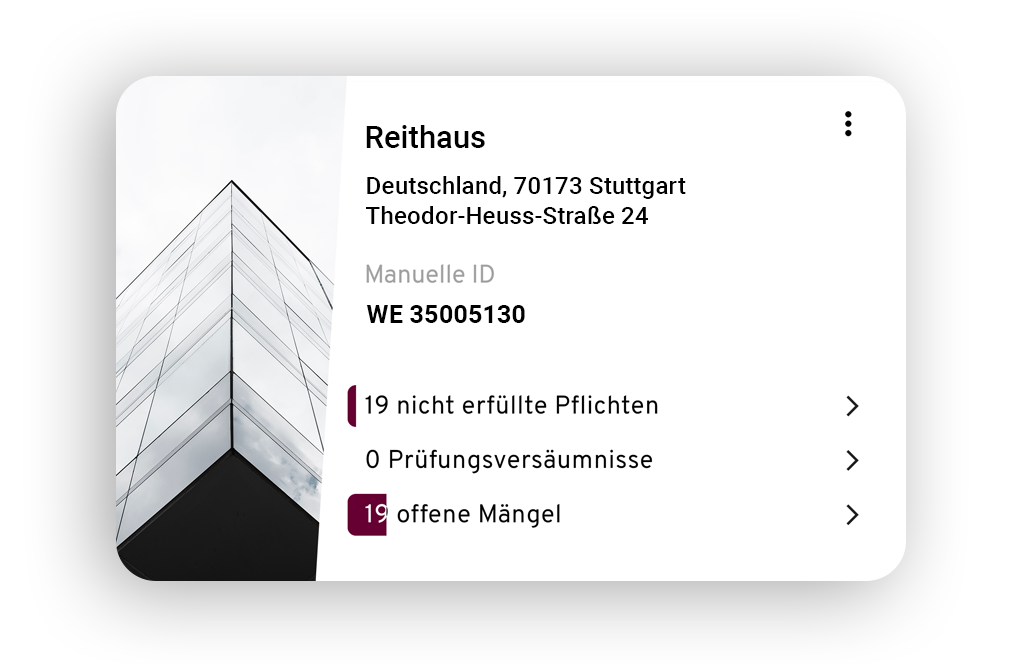
Sometimes, it’s necessary to focus on specific individual assets in order to address the most significant challenges in a concentrated manner. Only after that can the digitalization strategy be tackled.
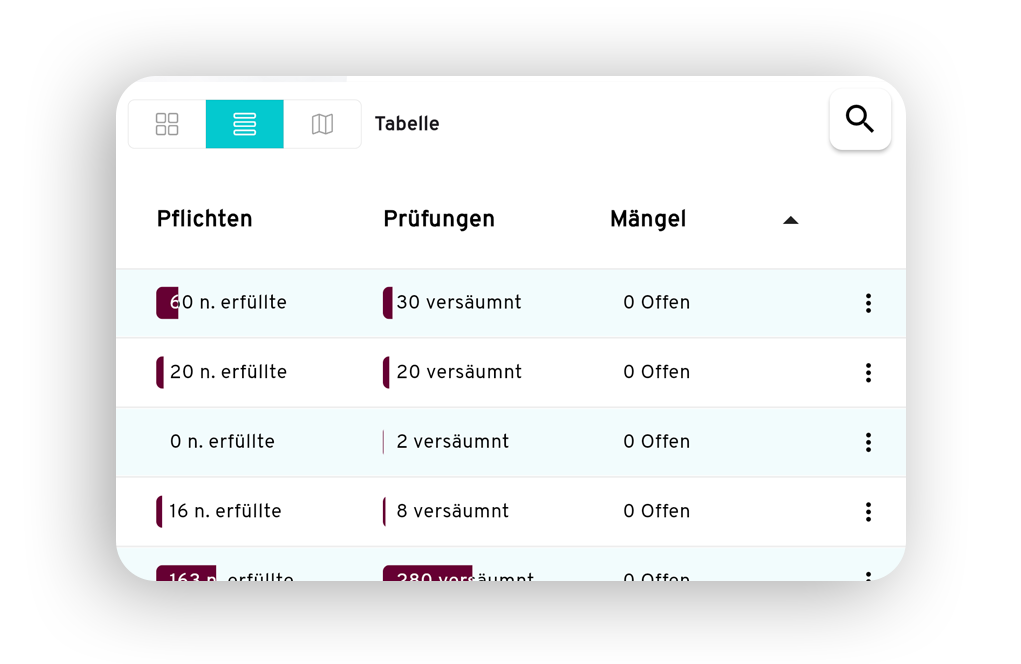
The coverage of entire portfolios can also be done gradually. Sometimes it makes sense to create clusters based on service providers, funds, or focus on a specific sub-portfolio, or even rollout by region.

In the end, the entire portfolio is clearly organized in PropOps. All stakeholders have a shared data foundation to work towards the set goals in building operations.
Implementation Scenario 3
Qualitative Strategy
Sometimes things are not that simple. That’s why PropOps has experienced partners by your side to help you achieve your operational goals with confidence. Whether you envision a checkbook-driven, checkbook-maintained, or even checkbook-inspected portfolio.
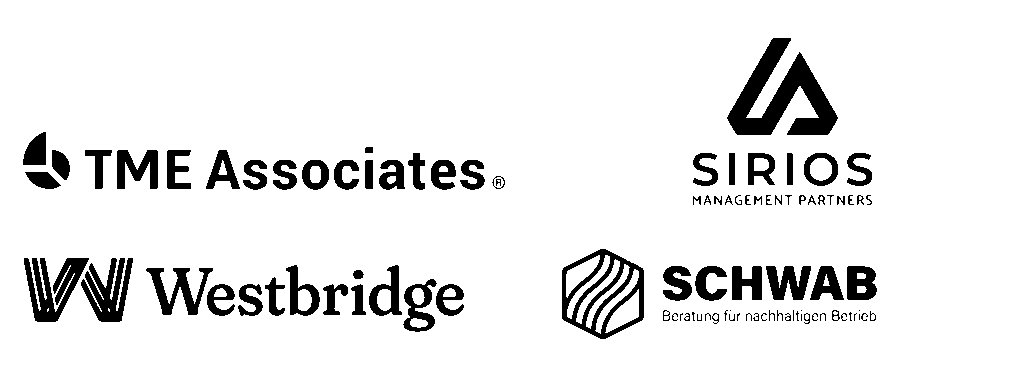
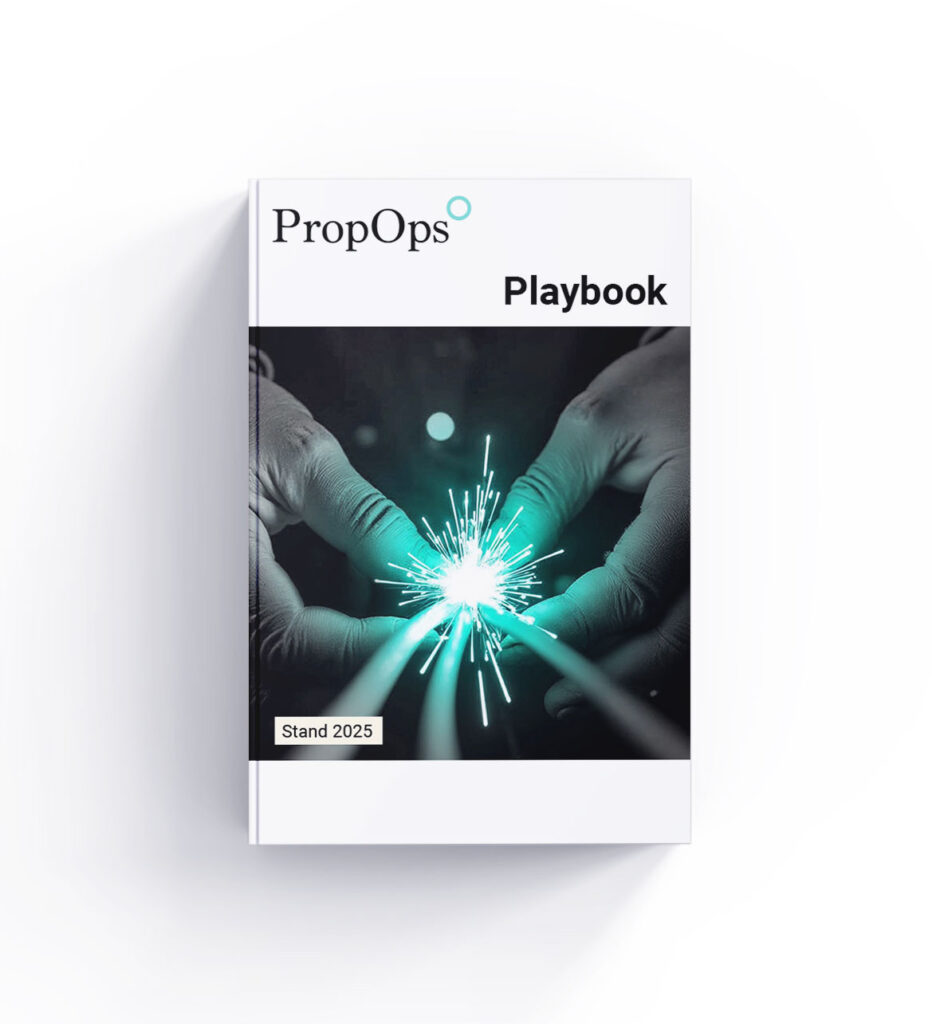
PropOps Playbook
For addenda and new tenders
PropOps provides its customers with a comprehensive work package that facilitates the integration of PropOps into FM tenders and contract documents. The goal is to ensure a complete, electronic, and automatic delivery of service documentation.
